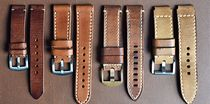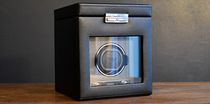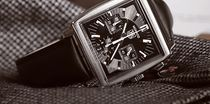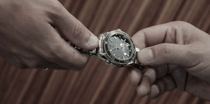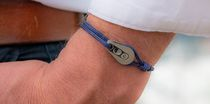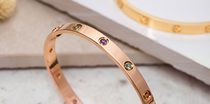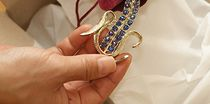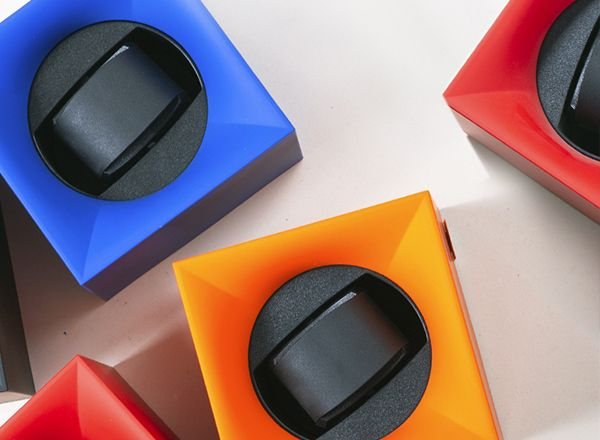Clear all filters
1969: the first quartz wristwatch
The beginnings of the quartz watch, or rather the quartz clock, date back to the 1930s. At that time, it was a matter of adapting quartz crystal oscillators to watchmaking, on clocks as big as a kitchen oven. Watchmaking manufacturers then embarked on a kind of race to miniaturization. The Swiss-Japanese match was launched! Indeed, as early as 1948, the Swiss House Patek Philippe explored the potential of an electronic time measurement. It remains famous (among other things) for its ultra-precise quartz movements. But it was indeed Japan's Seiko that launched the very first quartz wristwatch in 1969, after ten years of research. The Seiko Quartz Astron-35SQ comes with an 8,192 Hz quartz oscillator, a hybrid integrated circuit and a small motor. The gold watch is a revolution. For the record, the hundred pieces with analog dial will be sold out in a week when a single timepiece was worth about $1250, which at the time was the price of a new car. It is possible to find an Astron on the second-hand market from time to time. No 1969, but a limited edition was produced in 2010, on the occasion of the 40th anniversary of the watch. The Japanese brand Seiko thus became the pioneer of the quartz watch, marketing different series in the early 1970s, one systematically improving the accuracy of the quartz oscillator of the previous one.
Japanese women in the watchmaking big leagues
The decade of 1980 marks the advent of quartz watches, so much so that on the Swiss side, even these years are those of the marketing of the first and so emblematic Quartz watch, we do not hesitate to advance that the decline of the Swiss watch industry is caused by the "quartz crisis". This would be forgetting that this dark period in Switzerland is also due to the large-scale production of high-quality watches. In the luxury watch sector, there was actually little competition between mechanical and electronic watches. The historical Houses both brought the automatic movement back into fashion from the late 1980s and most of them also started to offer quartz watches. Quartz has especially had the merit of launching Japanese brands, Seiko as we have said, but also Citizen or Casio, into the great court of watchmaking. They are indeed at the origin of iconic quartz watches, such as the indestructible Casio G-Shock or the Grand Seiko 9F Quartz, whose movement is still assembled by hand today. In fact, it is described by the brand as "the first quartz movement to achieve the fundamental ideal of precision and simplicity, reliable for life for the owner". More recently, in 2016 to be exact, it was Citizen that created a sensation, with its Eco Drive One, a watch with a solar-powered quartz movement, whose case measures just 3 mm thick - the equivalent of a coin. Its power reserve is 100 days and this feat is made possible by hand assembly, which is not unlike the tradition and work of the great Swiss watchmaking houses.
Swiss luxury watches and thermocompensated quartz
Indeed, one should not think that the Old Continent has remained on the sidelines of quartz watches. The Swiss House Breitling thus quickly bet on quartz, producing models like the Aerospace, Chronospace and Exospace considered as references in the sector. The titanium watch Aerospace Evo, for example, features a Superquartz® movement: ultra-high-performance in terms of precision (ten times that of a standard quartz) and reliability, it relies on the thermocompensated quartz. Each movement is equipped with a tiny thermometer that corrects the running of the watch according to the temperature by removing a certain number of pulses to the motor. This performance translates into a spectacular increase in the number of components on the printed circuit (8,000 compared to the usual 2,500) and a maximum rate difference of 15 seconds per year. The technological prowess around the quartz watch, however, should not make us forget the design and this is precisely what another Swiss luxury watch manufacturer, Omega, has come to prove with its Omega Constellation Quartz line. The originality of the dial, the presence of the claws and the engraved Roman numerals on the bezel offer this model a most remarkable aesthetic and a timeless elegance, for a stainless steel watch that can be accompanied by yellow or red gold on some versions. The Omega Seamaster 300M, seen on the wrist of James Bond (Pierce Brosnan) in 1995 is also a quartz watch. This type of movement and these more resistant watches, due to the absence of moving parts, naturally pull their weight in the world of the sports watch. One of the best examples of this is still the Tag Heuer Formula 1.
